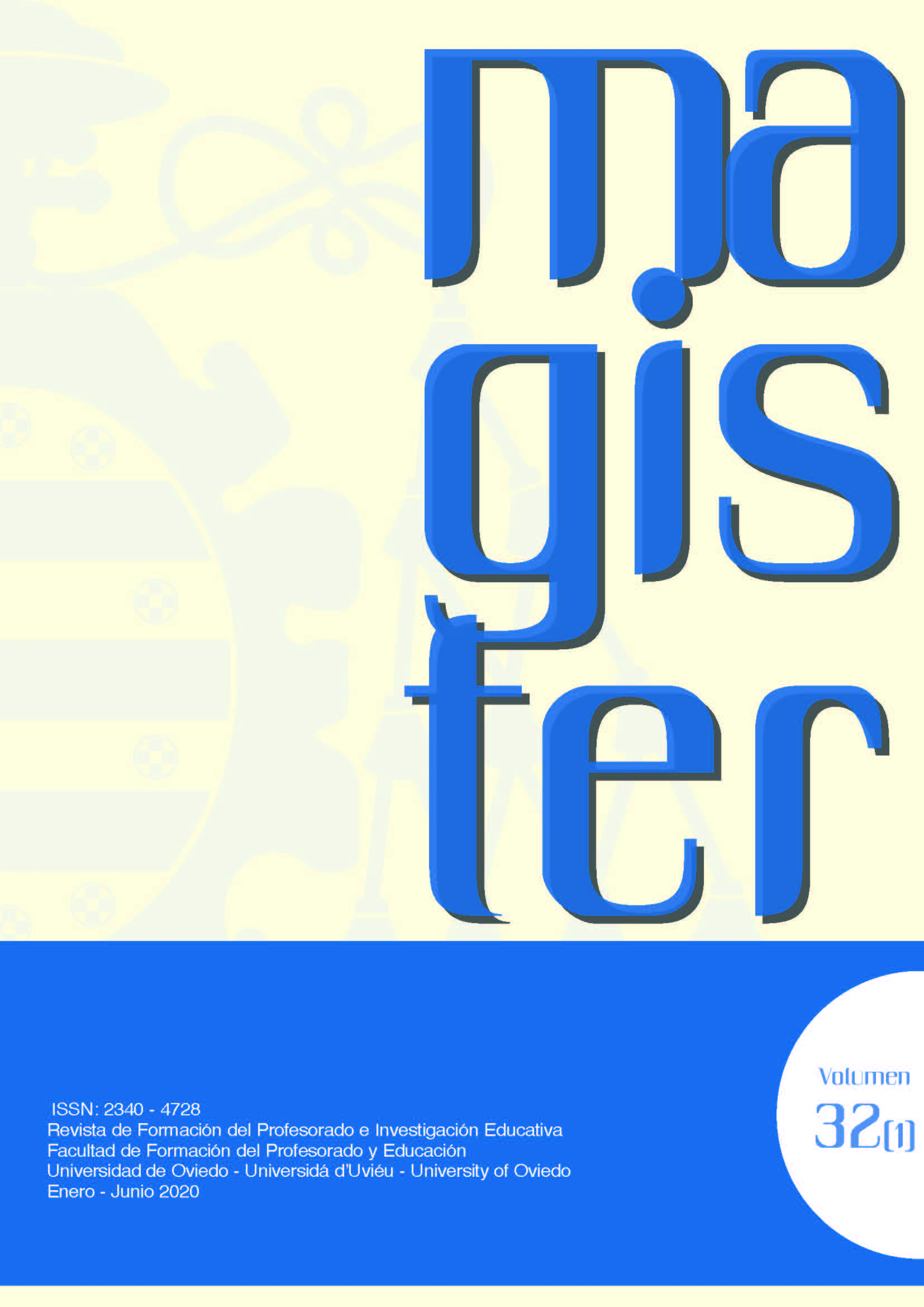Abstract
This article describes the teaching process experienced in a university subject in the face of the unprecedented crisis caused by the COVID-19. It analyses in detail the process of adapting teaching to a non-attendance format at the beginning of the confinement period in March 2020, when practically overnight a change from attendance-based teaching to virtual teaching was required, following a personalised and active approach. In this case, during the first days, data and student opinions were collected by means of a questionnaire to allow for the adaptation of distance teaching to all students. This contribution firstly includes the results of an initial questionnaire, on which the modifications followed for distance teaching were based. Next, it describes the model adopted, the changes in evaluation and some experiences during the course of teaching. The effectiveness of the model followed is also analysed through the results of a follow-up questionnaire that was passed on when teaching and evaluation were completed. Finally, a series of conclusions and reflections on this experience are offered.References
UNESCO (2020). Impacto de Covid-19 en la Educación – Datos. Paris, Francia: UNESCO. UNESCO. Recuperado el 22/07/2020 desde https://es.unesco.org/covid19/educationresponse
Downloads
Download data is not yet available.

